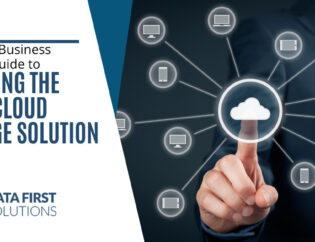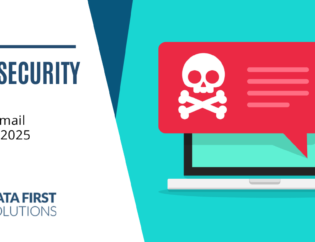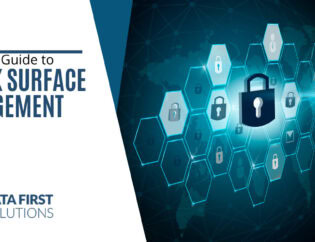
Many businesses don’t keep up with the changes happening in their IT environment, which leaves the door open for a hacker to slide in quietly and begin stealing information.
When you’re not monitoring for any technology-related changes, it’s like having blinders on. For example, you may suddenly have an issue with all your website page backgrounds turning from white to blue. Tracking down how that happened can be time-consuming if you’re not documenting every update someone is making to your web server.
Change management is an important element of cybersecurity and technology workflow efficiency.
Effective change management of your business environment includes two vital elements:
- Monitoring: Automated monitoring for any changes
- Control: Controls to ensure that only authorized changes can be made
What Can Happen If Change Isn’t Monitored & Managed?
Several costly events can happen when a business is not monitoring or managing the change in its environment. These include:
- Data Breach: A hacker can compromise a user password to get into a system and then do things like adding another user or forward someone’s email to their address.
- Costly Mistakes: When there is no monitoring or control of how elements of your server are updated, you could end up with a broken process due to an employee error that takes you hours or days to fix.
- Extended Downtime: When a downtime event happens, trying to backtrack to find and resolve the cause can take much longer if you haven’t been managing all IT environment changes.
- Higher Risk: If there is no accountability on user permissions and how they’re designated, you could end up with multiple users with high-level privileges. This increases your risk of an insider attack.
The risk of an insider attack is expected to increase 8% in 2021, with 33% of all breaches being related to an insider threat.
What Does IT Change Management Include?
Change management for your IT involves keeping track of any change or update that happens across your entire work environment. This ensures that these changes are being managed and controlled properly so you don’t end up with a “free for all” of changes to a vital infrastructure that can leave you at risk.
Here are the main elements of change that should be managed.
When a New User is Added
Insider attacks can happen both from disgruntled employees and from hackers that compromise an employee login. An important part of access management is having accountability for every new user created for both your internal systems and external accounts.
This means having protocols in place for approvals before a new user can be added to any system, as well as automated alerts that trigger when a new user is added.
Email Forwards Outside Your Domain
One tactic that hackers use when they’ve breached an employee account attached to an email address (such as Microsoft 365) is to set up a forward of that person’s email to their own.
Unless a user specifically knows their account was breached or checks the forward settings of their email, they may never realize their email is being compromised.
It’s important to be alerted whenever a company email address is forwarded outside your domain.
User Privileges Being Elevated
One of the tenets of strong IT security is to use the Rule of Least Privilege. This states that an organization should grant users the lowest-level privilege possible that still allows them to accomplish their tasks.
When user privileges are elevated, the risk of a high-level attack increases. It’s important to control user access to sensitive data and to know whenever a user’s privilege level is allowing a higher access level.
Server Changes
Any changes to your server can impact the workflow and security of your entire office. It’s not unusual for two different developers to make updates that conflict with each other because they’re working in a silo and not coordinating.
Sever changes can also come from malware that has infected a server and is making nefarious changes, such as releasing ransomware or engaging in crytomining.
Any server changes need to be tightly managed, and alerts should be set up to monitor for server changes.
Incidents/Problems that Occur
If you aren’t keeping track of all IT incidents or problems that users run into, you could end up with a widespread issue that you didn’t see coming because all the pieces weren’t put together.
Users should have a convenient way to report any IT issues and devices should be monitored for hardware or software problems that can be documented and analyzed through automated means.
Security Policy Changes
Security policies can be changed accidentally by a user or maliciously by a hacker. If multi-factor authentication is turned off by a user, that means your account security risk has just increased considerably.
It’s important to set up alerts that trigger any time a security policy setting is changed in any of your systems.
Need Help Monitoring & Managing Your Environment Changes?
Data First Solutions can help!! We provide ongoing monitoring and management including alerting on changes for multiple areas of your IT environment.
Contact us today to book a free assessment. Call 416-412-0576 or book your assessment online.









